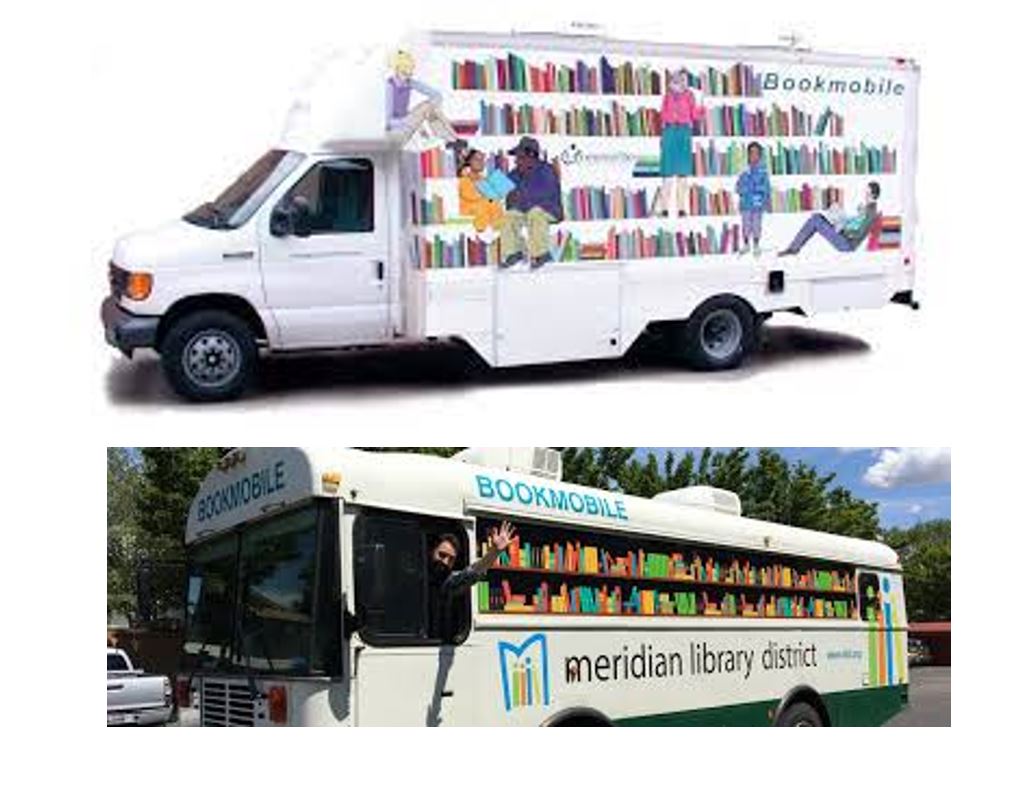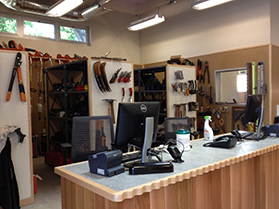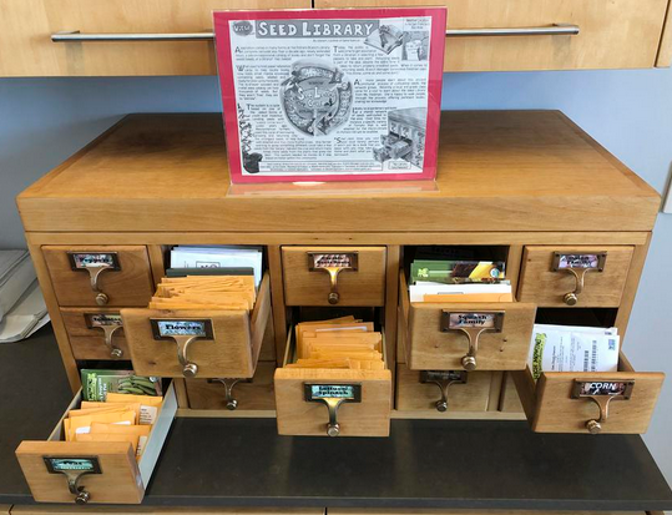4 Activity – What Is A Library?
In the previous chapter you analyzed the organizing system that kids design when they sort their Halloween candy. Let’s build on that practice to analyze the organizing system that has the familiar name of LIBRARY.
Suppose your teacher tells you that your class is going to the library this afternoon. You will probably think of a specific physical place in your school. But there are many other types of libraries:
- your town has one or more public libraries
- the local university might have libraries for different academic departments
- government agencies often have libraries
- a company can have a library for its designers, engineers, and other workers
- if you have some bookcases or shelves in your home, you could think of them as your home or personal library.
So for this activity, try not to think of a specific library. Instead ask yourself “What is it that makes us call something a library?” Remember that all organizing systems can be analyzed as designs that answer three interconnected questions:
- WHAT is being organized?
- in other words: What are the resources?
- WHY is it being organized?
- in other words: How will the resources be used?
- What interactions need to be enabled?
- HOW is it being organized?
- in other words: What properties or features of the resources are used to enable the interactions?
- What are the organizing principles that are designed into the arrangement and structure of the resources?)
WHAT is being organized in a LIBRARY?
WHY is it being organized?
HOW is it being organized?
You might not have come up with exactly the same answers to the WHAT, WHY, and HOW questions. But you got some valuable practice in thinking about what a LIBRARY is while trying not to think of any specific one.
Now we can test your understanding of what makes something a library.



Go back to the answer to the WHAT question. Seeds are resources that have value. Now go back to the answer to the WHY question for libraries. The interaction that makes something a library is the circulation of resources. So-called “seed libraries” let people “check out” seeds, but the borrowers plant them so the borrowed seeds don’t get returned.
We could argue that a “seed library” isn’t a library! It doesn’t lend its seeds – it gives them away and they don’t get returned. If real libraries operated that way, and borrowed books were never returned, the library would disappear.
But we could also argue that a “seed library” IS a library. People are encouraged to collect some seeds from the best-looking flowers and tastiest vegetables they grew with the “checked out” seeds and then return these “seed children” to the seed library. The exact seeds that were checked out aren’t returned, but the “seed children” that are returned replace the ones that were checked out. These “seed children” then circulate, so a “seed library” is a library. It all depends on how you define “the same thing,” which is the subject of another chapter.
What did you learn from this lesson? Bookmobiles and libraries that lend tools and seeds don’t look like your school or public library, but they belong to the library category because they follow the pattern of collecting and organizing useful resources and letting people borrow them. Most libraries lend books, but any organizing system that circulates useful resources can be called a library.
You also learned a more important lesson that you can apply whenever you analyze or design an organizing system. This lesson is to focus on the WHAT, WHY, and HOW design questions and not get distracted or confused by the physical setting or technology in which the organizing system is built. Most libraries are in buildings, but being in a building isn’t what makes them libraries.
This is the same idea that you learned in the lesson about organizing your messy room — you don’t start with containers and boxes. You first design an organizing system for your things and after that you use the containers and boxes to put things away according to your design.

